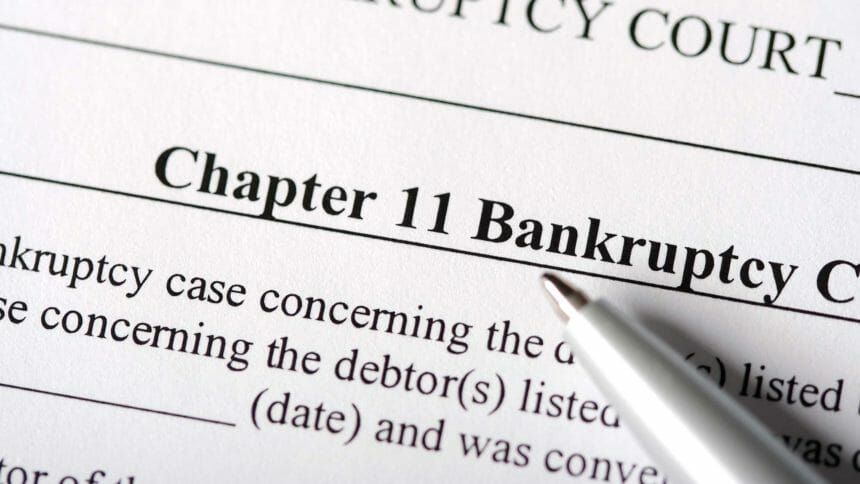
Bankruptcies in the healthcare industry are trending up by more than 25% this year, and 54% of them have happened in senior living and other long-term care settings, particularly in skilled nursing facilities, according to data released by Gibbins Advisors. The experts expect the numbers to accelerate through 2023.
“Healthcare organizations without adequate cash reserves to fund operating losses and debt service may face more difficulty in accessing capital in the current climate than the last two years, which can lead to more restructuring activity including bankruptcies,” Ronald M. Winters, a principal at Gibbins Advisors, said in a statement.
Organizations that faced financial challenges before the pandemic are finding that those challenges have not gone away, Clare Moylan, a principal at Gibbins Advisors, told the McKnight’s Business Daily. The next 18 months will be especially challenging, she said.
Several factors are at work in the economy as the COVID-19 pandemic wanes, according to the experts at Gibbins. For example, government funding that was widespread for long-term care entities two years ago has dried up to a certain extent. And operators that had Medicare payments advanced to them in April 2020 now have to pay them back, placing pressure on cash flow. Additionally, increased costs all around are squeezing profit margins. And staffing challenges are causing some SNFs and senior living communities to limit new admissions.
A primary recommendation from Moylan for operators is to aggressively monitor operating costs and maintain good cash flow with capital sources.
For the study, Gibbins Advisors researched Chapter 11 bankruptcies for large healthcare organizations with liabilities of more than $10 million in the period from January 2019 to June 2022.
Among those 2022 Chapter 11 filings by senior living and skilled nursing providers were American Eagle Delaware Holding Co., Andover Senior Care, BVM The Bridges, Christian Care Centers, Fairport Baptist Homes, Northwest Senior Housing Corp. and Senior Care Living VII.
For more on the study, see McKnight’s Senior Living.


